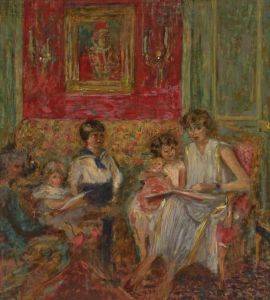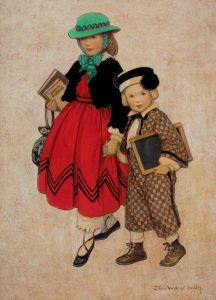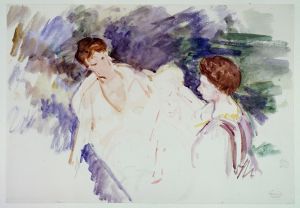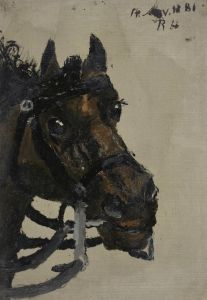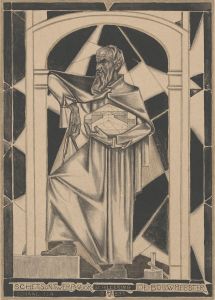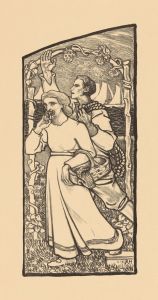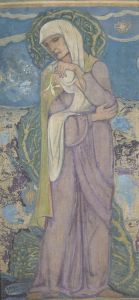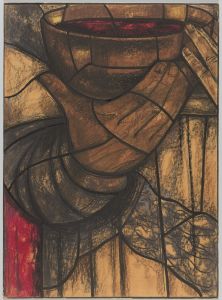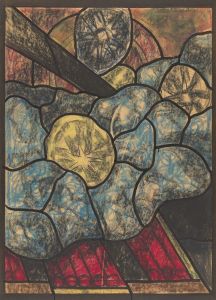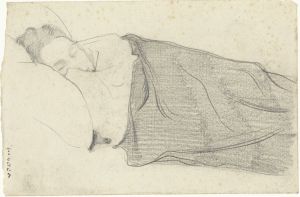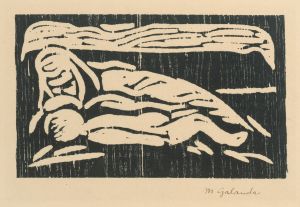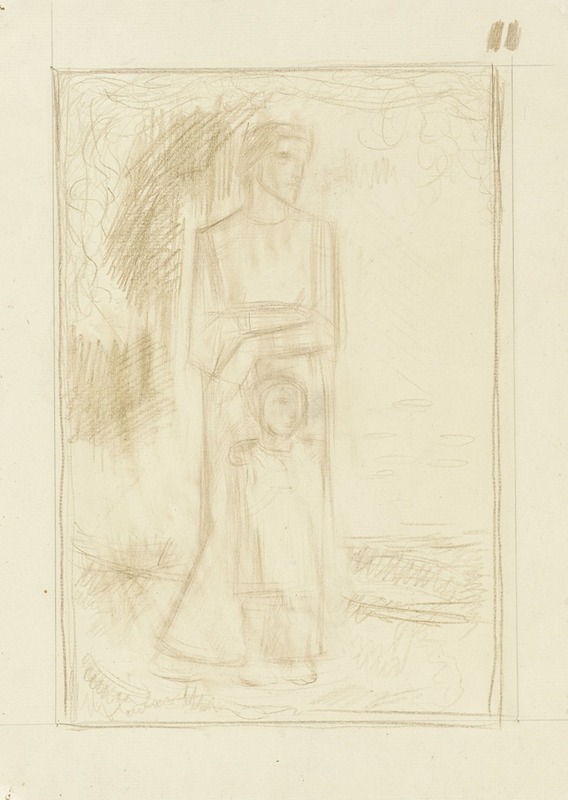
Staande vrouw en kind in een landschap
A hand-painted replica of Richard Nicolaüs Roland Holst’s masterpiece Staande vrouw en kind in een landschap, meticulously crafted by professional artists to capture the true essence of the original. Each piece is created with museum-quality canvas and rare mineral pigments, carefully painted by experienced artists with delicate brushstrokes and rich, layered colors to perfectly recreate the texture of the original artwork. Unlike machine-printed reproductions, this hand-painted version brings the painting to life, infused with the artist’s emotions and skill in every stroke. Whether for personal collection or home decoration, it instantly elevates the artistic atmosphere of any space.
Richard Nicolaüs Roland Holst (1868–1938) was a Dutch painter, draftsman, and designer associated with the Symbolist movement. He was known for his murals, stained glass designs, and paintings, often characterized by their allegorical and idealistic themes. One of his works, Staande vrouw en kind in een landschap (translated as Standing Woman and Child in a Landscape), reflects his artistic style and thematic focus.
This painting depicts a serene scene of a woman standing with a child in a natural landscape. The figures are rendered with a sense of harmony and simplicity, emphasizing their connection to the surrounding environment. Roland Holst often incorporated symbolic and idealized elements into his works, and this painting is no exception. The composition suggests a sense of unity between humanity and nature, a recurring theme in his oeuvre.
Roland Holst was deeply influenced by the Arts and Crafts movement and the ideas of social reform that were prevalent during his time. His works often carried a moral or philosophical undertone, aiming to inspire a sense of community and spiritual elevation. While Staande vrouw en kind in een landschap is a relatively lesser-known piece compared to his larger-scale projects, it still embodies his characteristic style and thematic concerns.
The painting is executed in a muted color palette, typical of Roland Holst's work, which often avoided bright or garish tones in favor of more subdued and harmonious hues. This choice of color enhances the contemplative and peaceful mood of the scene. The figures are stylized rather than highly detailed, reflecting the influence of Symbolism and the artist's focus on conveying ideas and emotions rather than strict realism.
Richard Roland Holst was married to the poet and writer Henriette Roland Holst, and the couple was deeply involved in the cultural and intellectual life of the Netherlands in the late 19th and early 20th centuries. Together, they were part of a broader movement that sought to integrate art, literature, and social ideals.
While specific details about the provenance or current location of Staande vrouw en kind in een landschap are not widely documented, the painting remains an example of Roland Holst's dedication to creating art that reflects both aesthetic beauty and deeper meaning. His work continues to be studied and appreciated for its contribution to Dutch art and its embodiment of the ideals of the Symbolist movement.








